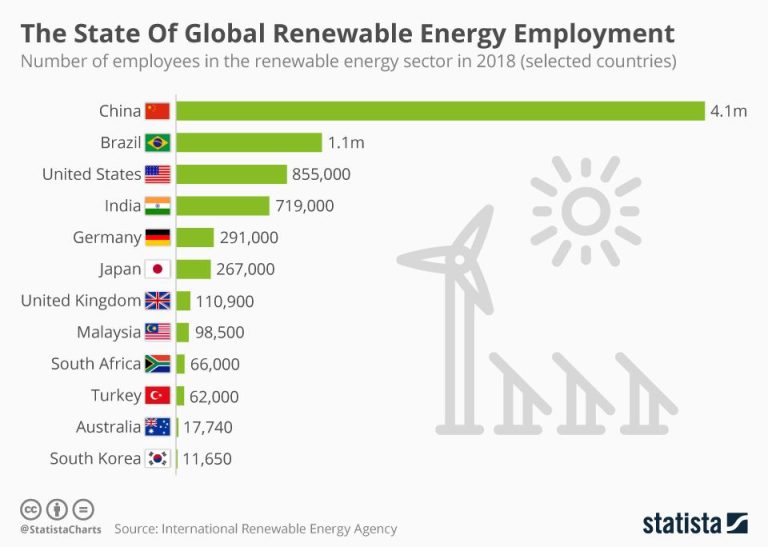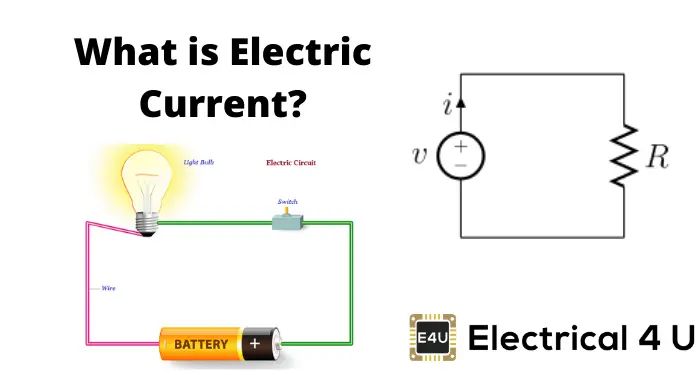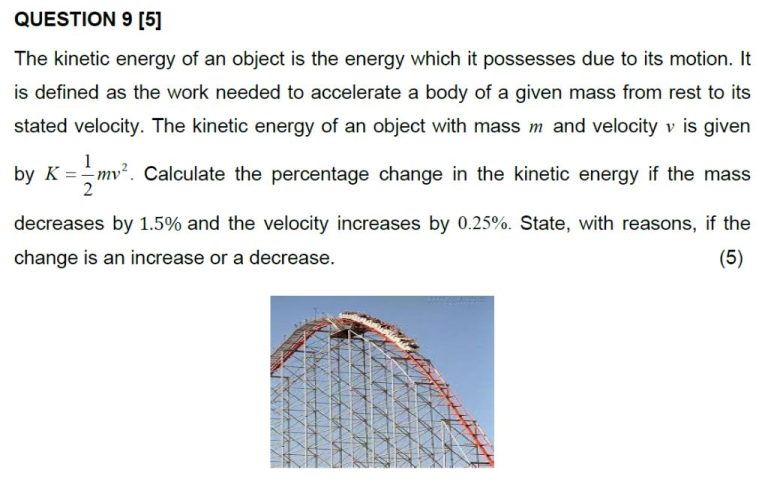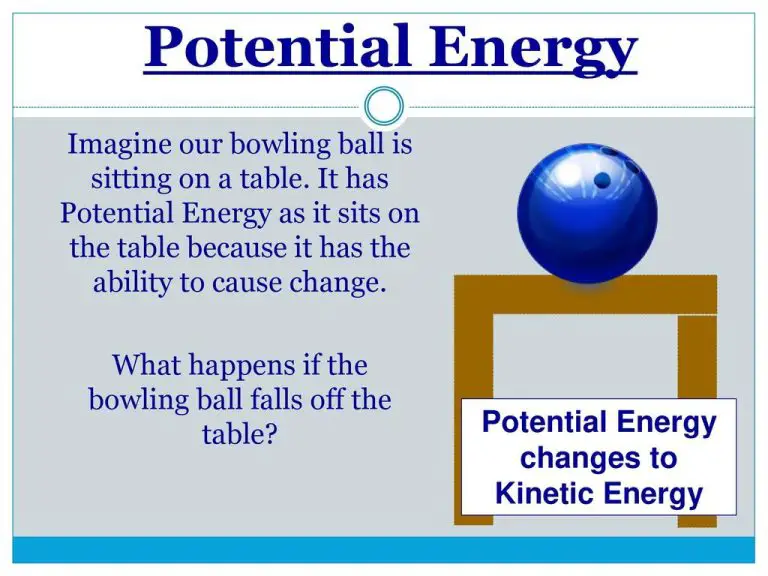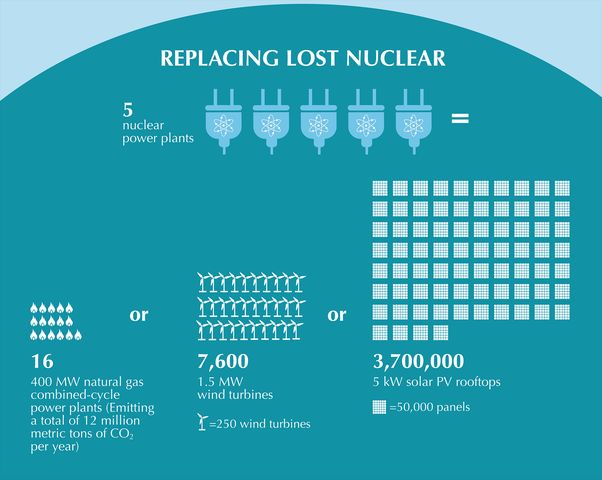What Is The Stored Energy Of The Cell?
All living organisms require energy to perform the necessary functions and processes that sustain life. This energy comes in the form of chemical energy stored within cells. Stored energy refers to the potential energy contained within chemical bonds that can be released and harnessed to fuel biological work. Key stores of chemical energy in cells include carbohydrates, fats, and proteins.
Stored energy within cells provides the fuel source required to power critical cellular processes like biosynthesis, transport, cell signaling, cell division, muscle contraction, and nerve impulses. Without adequate energy stores, cells cannot assemble the molecular building blocks needed to grow and divide. Furthermore, organs like the brain and heart cannot function properly without a steady supply of energy to drive neural transmission and cardiac contraction.
Maintaining energy balance by storing excess energy and mobilizing it when needed is therefore essential for the survival and health of all organisms. The main stores of chemical energy in the form of carbohydrates, fats, and proteins provide readily available fuel that gives cells the ability to perform the functions that sustain life.
Chemical Energy
The main chemical energy store of the cell is adenosine triphosphate (ATP). ATP consists of an adenine, ribose sugar, and three phosphate groups bonded together. The last two phosphate groups are connected by high-energy phosphoanhydride bonds. When these bonds are broken through hydrolysis, energy is released and used to power cellular processes. This converts ATP to adenosine diphosphate (ADP) and inorganic phosphate.
ATP is primarily generated through cellular respiration, which consists of three main stages – glycolysis, the Krebs cycle, and oxidative phosphorylation. In glycolysis, glucose is broken down into pyruvate and a small amount of ATP and NADH are produced. The pyruvate enters the mitochondria where it goes through the Krebs cycle. The Krebs cycle generates more NADH, FADH2, and ATP.
These electron carriers then provide electrons to the electron transport chain on the inner mitochondrial membrane. As the electrons travel down the transport chain, energy is released and used to pump protons across the membrane, creating an electrochemical gradient. The protons flow back into the matrix through ATP synthase, providing energy to combine ADP and phosphate into ATP. The electron transport chain is the main producer of ATP in aerobic respiration.
Carbohydrates
Carbohydrates such as glucose and glycogen serve as critical short-term energy stores for the cell. Glucose, a simple sugar, directly provides energy through cellular respiration and ATP production. Excess glucose is converted to glycogen, a highly branched polymer of glucose, for more compact energy storage primarily in the liver and muscles.
Glycogen serves as the cell’s energy reserve, being broken down through glycogenolysis into glucose molecules when energy is needed. The glucose molecules enter glycolysis and the citric acid cycle to produce ATP. Glycogen stores are rapidly mobilized, providing a quick source of energy, but are limited compared to fat stores.
Fats
Triglycerides make up the main way fat is stored in the body. Triglycerides consist of three fatty acids attached to glycerol. They are hydrophobic molecules that group together to form adipose tissue, also known as body fat. Adipose tissue stores excess calories and provides insulation and cushioning for the body.
When the body needs energy, triglycerides can be broken down through lipolysis to release their constituent fatty acids. The fatty acids undergo beta-oxidation, which breaks the fatty acid chains down into two-carbon acetyl CoA molecules. Acetyl CoA then enters the citric acid cycle to generate ATP, the energy currency of the cell.
Fatty acids are an energy-dense way to store fuel, providing more than twice as much energy per gram as carbohydrates and proteins. The breakdown of fats also does not cause insulin release, enabling prolonged energy supply. However, fatty acids cannot cross the blood-brain barrier, so the brain relies primarily on glucose for energy.
Proteins
Proteins can also be broken down and used for energy, but this is considered a last resort for the body. Proteins have important structural and functional roles, so the body tries to maintain adequate protein levels. However, during periods of starvation, trauma, or illness, the body will start breaking down proteins for energy once carbohydrate and fat stores are depleted. This can lead to loss of muscle mass and impaired immune function. Converting proteins into glucose for energy is also inefficient compared to carbohydrates and fats. The byproducts of protein catabolism can strain the kidneys as well. Therefore, relying on proteins for energy should only occur in emergencies when other energy stores are fully utilized.
Comparison of Energy Stores
The three major forms of energy storage in the body are carbohydrates, fats, and proteins. Each has advantages and disadvantages when it comes to properties like energy density, storage capacity, and availability.
Carbohydrates have the lowest energy density at 4kcal/g, while fats have the highest at 9kcal/g. Proteins fall in the middle at 4kcal/g. Fats can store much more energy per unit mass compared to carbs and protein. However, carbs and proteins are more readily available sources of energy.
Glycogen, the storage form of carbohydrates, has the smallest storage capacity in the body. Glycogen stores are limited and only provide energy for several hours of activity before being depleted. In contrast, fat stores have a much larger capacity and can provide energy for weeks or months during periods of low food intake. Proteins have an intermediate storage capacity between carbs and fats.
While fats have very high energy density and capacity, carbs and proteins have the advantage of being more easily accessible. Glycogen can quickly be broken down and mobilized to provide glucose to tissues. Proteins also require less processing than lipids to be used for energy. The tradeoff is the limited storage capacity of carbs and proteins compared to fats.
Regulation of Energy Stores
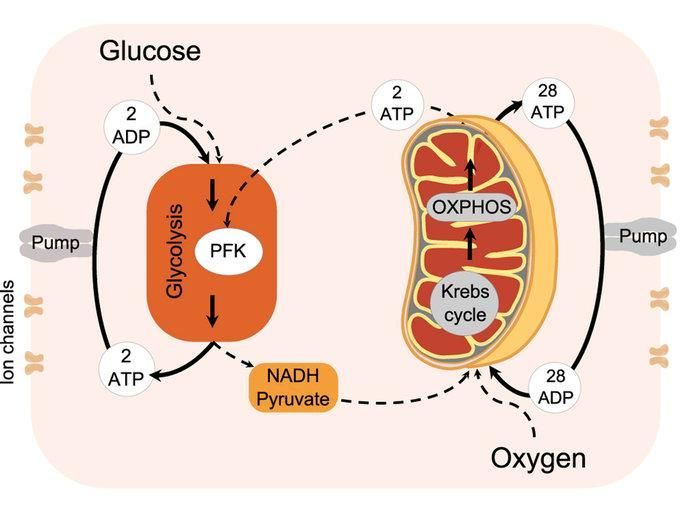
Cells have complex mechanisms for regulating the buildup and breakdown of energy stores to maintain homeostasis. This prevents starvation or excess accumulation of fuels like carbohydrates, fats, and proteins.
Insulin and glucagon are key hormones that help regulate energy storage and utilization. Insulin is released by the pancreas in response to high blood glucose levels after a meal. Insulin signals cells to take up glucose from the bloodstream and store it as glycogen or convert it to fat for longer-term storage. Glucagon counteracts this, mobilizing glycogen and fat breakdown when blood glucose gets too low.
Additional hormones like epinephrine, cortisol, and growth hormone also regulate energy stores by controlling anabolic and catabolic processes. Epinephrine promotes glycogen breakdown, for example, while growth hormone stimulates fat breakdown. The thyroid hormones T3 and T4 boost basal metabolic rate.
Beyond hormones, intake of nutrients like carbohydrates, fats, and proteins directly affect storage and breakdown of glycogen, lipids, and amino acids. Excess intake promotes storage, while fasting and exercise deplete stores. The body aims to balance storage and utilization to maintain physiological needs.
Disorders of Energy Storage
Improper regulation and storage of energy can lead to serious health conditions. Two of the most common disorders are diabetes and metabolic syndrome.
Diabetes occurs when the body cannot properly regulate blood sugar levels. In type 1 diabetes, the pancreas cannot produce enough insulin. In type 2 diabetes, cells become resistant to insulin. Without proper insulin signaling, blood sugar builds up and can cause damage throughout the body over time. Complications include heart disease, nerve damage, kidney failure, vision loss, and more.
Metabolic syndrome is a cluster of conditions that often occur together – high blood pressure, high blood sugar, excess body fat around the waist, and abnormal cholesterol levels. With metabolic syndrome, the body has trouble using insulin properly, leading to high blood sugar. It greatly increases the risk of diabetes, heart disease, and stroke. Contributing factors include obesity, physical inactivity, and genetic factors.
Other disorders like glycogen storage diseases impact the ability to store and break down glycogen. Fatty acid oxidation disorders prevent the body from converting fat to energy. These conditions can lead to hypoglycemia, muscle weakness, organ damage, and more.
Careful management of diet, exercise, medication, and lifestyle changes can help control energy regulation disorders. However, they require diligent monitoring and treatment to prevent severe complications.
Energy Storage Across Life
Energy storage is a crucial process that enables life functions across diverse organisms.
In plants, energy from photosynthesis is stored as starch and sugars. Starch provides energy for metabolism and growth, while sugars fuel processes like flowering and fruit production. Having energy reserves allows plants to survive periods of darkness or low light when photosynthesis slows.
Animals store energy from food mainly as glycogen and fat. Glycogen in liver and muscle cells supplies glucose to power cellular activities. Fat stores provide more long-term energy reserves. Hibernating animals build up fat supplies to sustain them through months of scarce food.
Fungi accumulate glycogen as their main energy reserve. This fuels growth, metabolism, and spore production. Some fungi can synthesize lipids as well for extra energy storage.
Even single-celled organisms like bacteria have means of energy storage. Many bacteria create glycogen or polyphosphates which they can draw on in lean times to survive and reproduce.
Having cellular energy reserves allows organisms to thrive through challenging environmental conditions and periods of high energy demand. This stored chemical energy is essential for maintaining life processes.
Conclusion
In summary, the main energy stores in a cell are carbohydrates, fats, and proteins. Carbohydrates like glycogen and starch are the body’s preferred source of energy for immediate use. Fats in the form of triglycerides are even more energy-dense and provide longer-term stores of energy. Proteins can also be broken down for energy but their primary role is for growth and repair. The relative amounts of each of these compounds varies across cell and tissue types, reflecting the different energy demands.
Proper regulation of these energy stores is critical to maintain energy homeostasis. Insulin and glucagon are key hormones that regulate glycogen synthesis and breakdown. Likewise, lipases control fat metabolism. Imbalances can lead to disorders like diabetes and obesity. As research continues, better understanding of these regulatory mechanisms may lead to novel therapies for metabolic diseases.
Looking ahead, further studies comparing energy storage across organisms and cell types will provide additional insights. With a deeper knowledge of these fundamental processes, scientists can better leverage them to improve health and develop innovative biotechnologies.


